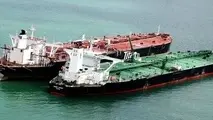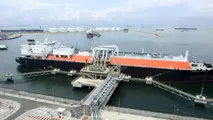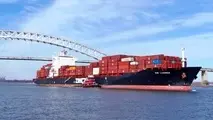Cut To The Chase – Oil Price Dynamics And Shipping

Global oil prices were buoyed in Q4 2016 by OPEC’s decision to cut production. Perhaps more surprising still was the extent of compliance with quotas, for an organisation with a past track record of over-production. At their recent meeting, OPEC overcame some members’ objections and agreed to extend the cuts until March 2018. How will this affect the oil price and how does it impact the shipping industry?
Cutting To The Quick
Twenty years ago, OPEC had substantial control over the supply side of the oil market. Today, the rise of shale oil has created doubts that OPEC retains the power to influence the market in a lasting way. This question is still to be resolved, though it is true that the cuts have allowed shale producers a new lease of life in terms of spending (up c.50% in 2017) and drilling (the US land rig count is up 120% y-o-y). However, OPEC are making the most concerted attempt for more than a decade to control supply. As the Graph of the Month shows, past quota compliance has been poor, and indeed for a decade this was effectively acknowledged by the lack of a formal quota.
Cutting Down
The difference recently is that OPEC has actually succeeded in cutting to below the level of the quota, despite allowing some members (such as Iran) to avoid formal cuts. The collective reduction has partly been down to outages (notably in Nigeria and Venezuela). However, it also reflects Saudi Arabia shouldering a lion’s share of cuts (c.0.75m bpd or 55%).
Expectations of an extension to cuts boosted oil prices in the run up to the announcement (though after the meeting, prices fell as investors took profits). Higher prices have a range of ramifications for shipping. One consequence is higher fuel prices, increasing shipowners’ costs unless they can pass this on. Previous periods of high fuel costs pushed owners to slow steam. This mitigated the problem, to some extent, but few ships sped up when prices came down. So currently this would be a difficult trick to repeat.
Cut And Run?
The cuts could also affect tanker demand, either via lower crude and product exports (27% of seaborne trade), or lesser import demand if high prices moderate demand growth. So far, price increases have been moderate, and it seems as if the Saudis in particular have been doing their best to curtail domestic oil usage to protect long-haul export customers (more than 18m bpd, of 47%, of crude trade is exported from the Middle East Gulf).
Perhaps most obviously, the OPEC cuts have brought a modicum of more bullish sentiment to oil companies’ E&P investment decisions. This has helped offshore markets a little, notably through a small upturn in tendering and fixing activity for drilling rigs (Clarkson Research’s average rig rate index is up 2% since end-2016). However, there has been little to no effect on rates in related markets such as OSVs, and most would acknowledge the extreme fragility of any improvement.
So, the widely-trailed extension to OPEC production cuts boosted oil prices during May, although it remains to be seen if shale production quickly offsets this. Oil price dynamics have a mixture of positive and negative effects for shipping, but certainly remain crucial given the key role of oil both for shipping and for the wider economy. Have a nice day!



